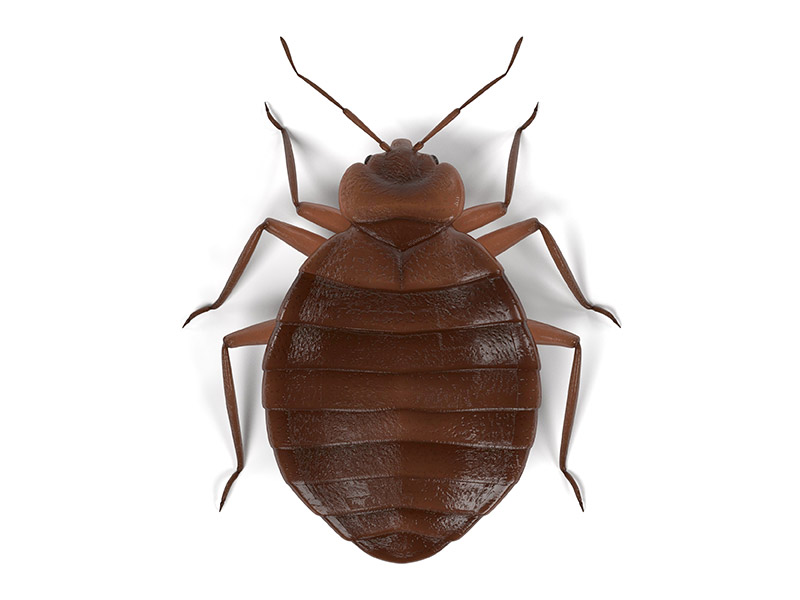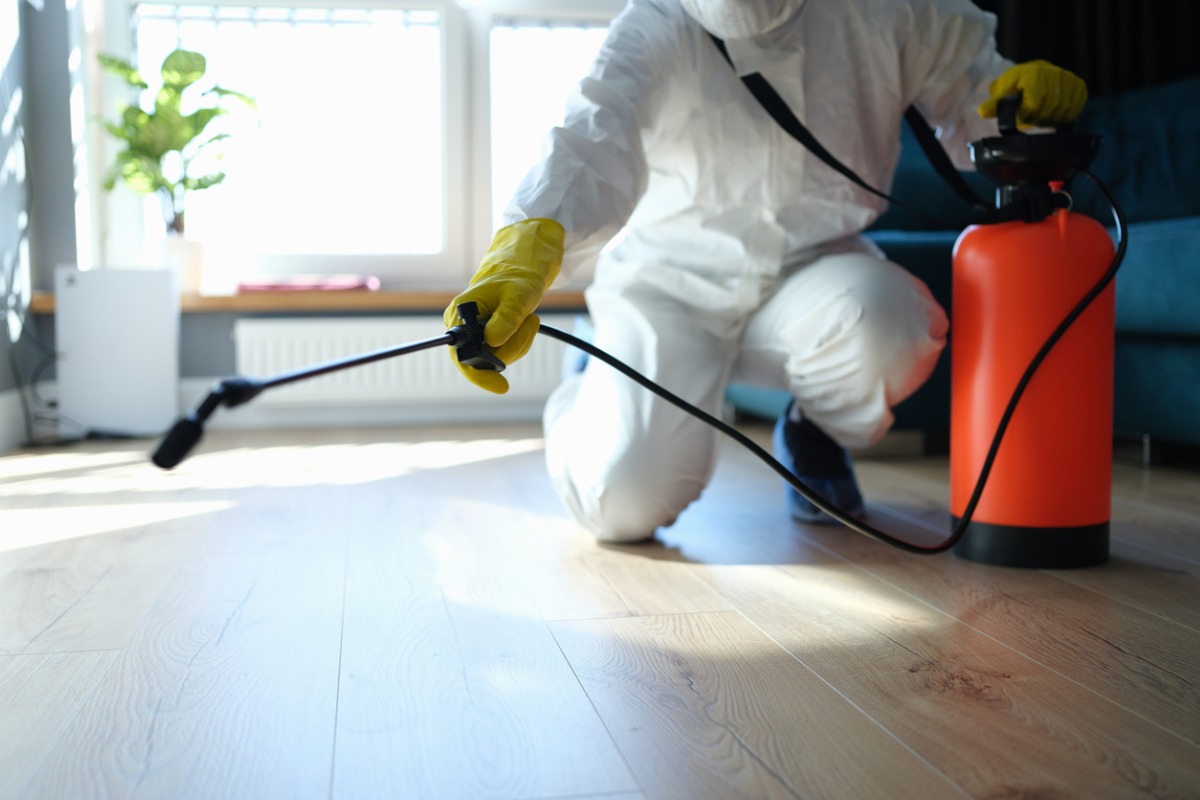Pest Control featuring safe and safe solutions.
Eco-Friendly Parasite Control Approaches for Taking Care Of Wildlife in Urban Areas
Urban locations commonly discover themselves at the junction of human activity and wildlife, bring about distinct difficulties in insect administration. Green methods stress sustainable conjunction, using methods such as habitat modification and all-natural repellents to minimize human-wildlife conflicts. These techniques not just protect the environment however additionally boost neighborhood engagement in wildlife monitoring. As city populaces remain to grow, recognizing the dynamics of wild animals communications comes to be significantly critical. What innovative approaches can be applied to make sure both ecological balance and city safety? Exploring this concern discloses a compelling landscape of prospective services.
Recognizing Urban Wildlife Characteristics
Understanding Urban Wildlife Dynamics is crucial for creating efficient and green parasite control techniques. Urban locations are increasingly becoming environments for numerous wildlife types, driven by elements such as environment fragmentation, food schedule, and human encroachment. Acknowledging these dynamics allows for a nuanced strategy to pest administration that straightens with eco-friendly principles.
Urban wild animals typically includes varieties such as raccoons, squirrels, and birds, which adjust to city atmospheres, finding niches in eco-friendly spaces, parks, and also property locations. Their presence can cause problems with humans, particularly when they manipulate personnels for food and shelter. Recognizing the behaviors and ecological duties of these species notifies approaches that minimize unfavorable interactions while advertising biodiversity.
Additionally, acknowledging the interdependencies within city communities assists in determining crucial locations for environment preservation and restoration. This understanding adds to the growth of integrated parasite management (IPM) methods that think about the eco-friendly equilibrium, consequently reducing reliance on damaging chemicals. By promoting conjunction in between people and urban wildlife, cities can produce healthier atmospheres that benefit both citizens and regional ecosystems, leading the way for sustainable metropolitan living.
Natural Repellents and Deterrents
Natural repellents and deterrents offer a lasting alternative to conventional pest control methods by harnessing the power of nature to keep undesirable types away. These green remedies commonly make use of plant-based components, vital oils, and various other normally happening compounds that discourage pests without damaging the setting.
One reliable all-natural repellent is peppermint oil, which is understood to push back rodents and insects. Its solid fragrance is undesirable to lots of insects, making it a popular selection for city settings. Vinegar and citrus peels can offer as deterrents, as their solid smells are usually unappealing to numerous wildlife.
In addition, diatomaceous earth is an all-natural powder that can be spread in locations susceptible to bug task, successfully dehydrating and preventing insects without posing risks to non-target varieties. Garlic sprays and neem oil are recognized for their capacity to fend off a vast range of parasites, including both insects and bigger wildlife.
Carrying out these all-natural repellents not only minimizes reliance on chemical pesticides however additionally promotes a much healthier city community, cultivating a more well balanced conjunction between people and wild animals. By making use of these methods, metropolitan areas can properly manage insect populaces while decreasing environmental impact.
Environment Modification Techniques
Efficient environment alteration strategies play an essential function in lasting parasite management by altering the atmosphere to make it much less favorable to pest problems. By understanding the ecological dynamics of metropolitan areas, homeowner can implement strategic modifications that hinder parasites while advertising biodiversity.
(Honey Bee Relocation)One key strategy involves maintaining correct hygiene. This consists of normal waste removal, safeguarding trash can, and eliminating standing water to minimize breeding websites for insects and rodents. Additionally, landscaping techniques such as selecting native plants can boost eco-friendly balance, giving habitats for valuable microorganisms while minimizing sources for bugs.
Another essential method is to seal entrance points in structures. Inspecting and fixing cracks in structures, wall surfaces, and home windows can significantly lower bug accessibility. Furthermore, developing physical barriers, such as fences or plant barriers, can prevent wildlife motion right into human-inhabited areas.
Integrated Bug Administration Practices
Building upon environment modification techniques, integrated insect administration (IPM) methods use an alternative strategy to managing bug populaces while decreasing ecological effect. IPM combines numerous techniques, including biological, cultural, mechanical, and chemical controls, to attain efficient insect administration.
Biological control entails the intro of natural killers or parasites to decrease parasite populations. Social techniques, such as plant turning and sanitation, interrupt pest life get more cycles and diminish their environments - Pest Control. Mechanical controls, like traps and barriers, supply prompt remedy for bug pressures without chemical intervention
Chemical controls are used as a last option, concentrating on targeted applications that limit harm to non-target species and the setting. The option of eco pleasant chemicals, when essential, is indispensable to the IPM framework. In addition, keeping track of pest populaces and assessing potential damages helps notify decision-making, ensuring that interventions are prompt and reliable.
Community Involvement and Education And Learning

(Wasp removal Port Charlotte)Workshops and educational sessions can outfit locals with expertise about native types, environment preservation, and efficient non-toxic pest management methods. Collaboration with schools, regional organizations, and government agencies further improves instructional outreach, making sure that important info gets to diverse target markets.
In addition, community-led initiatives, such as neighborhood clean-up days and environment repair jobs, not only advertise biodiversity but also strengthen community ties. Pest control service. By urging locals to share their experiences and monitorings, areas can establish targeted approaches that address particular regional parasite issues
Incorporating comments from homeowners into bug administration intends enables a much more responsive and adaptive strategy to wild animals obstacles. Ultimately, notified and engaged communities are vital to achieving long-lasting success in environmentally friendly insect control, causing much healthier metropolitan settings that appreciate both human and environmental requirements.

Conclusion
In verdict, eco-friendly bug control comes close to offer sustainable options for handling urban wild animals. By prioritizing habitat alteration, using all-natural repellents, and applying integrated insect management techniques, communities can foster a harmonious conjunction with regional animals.